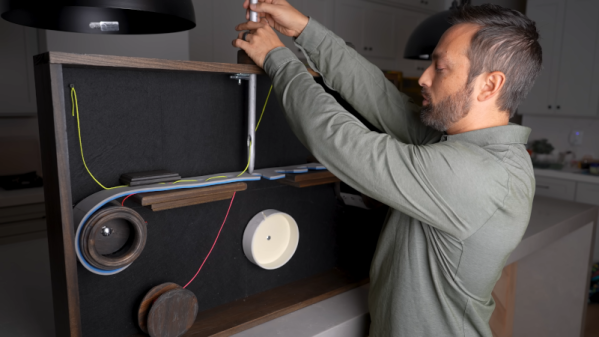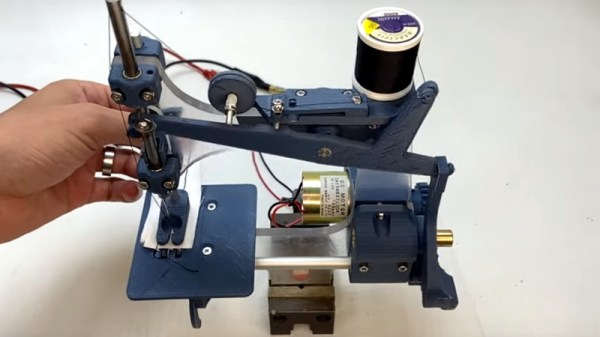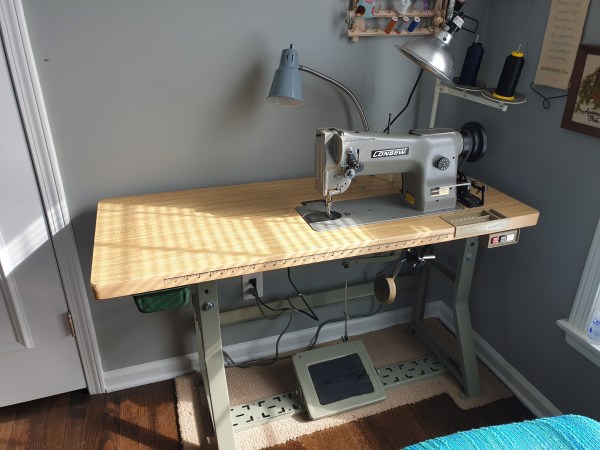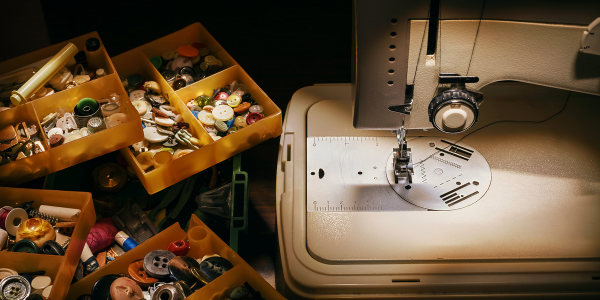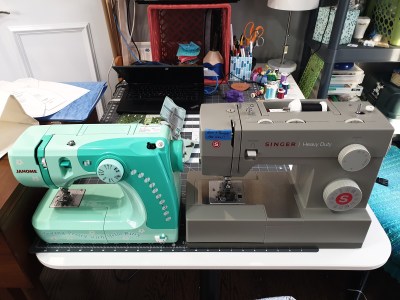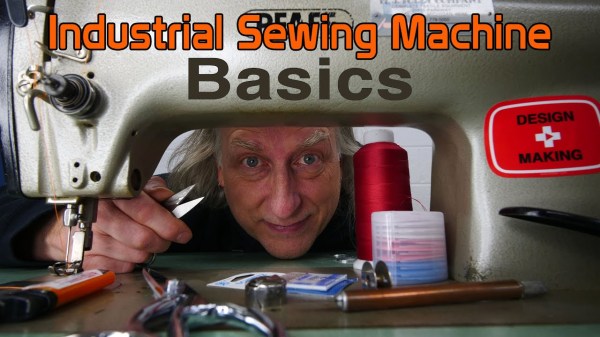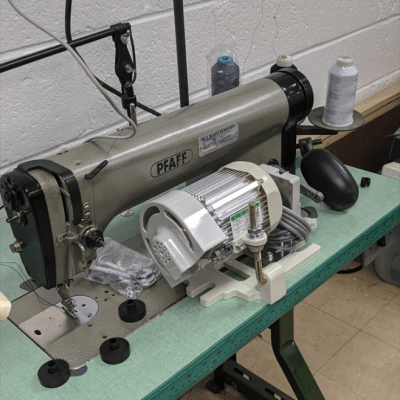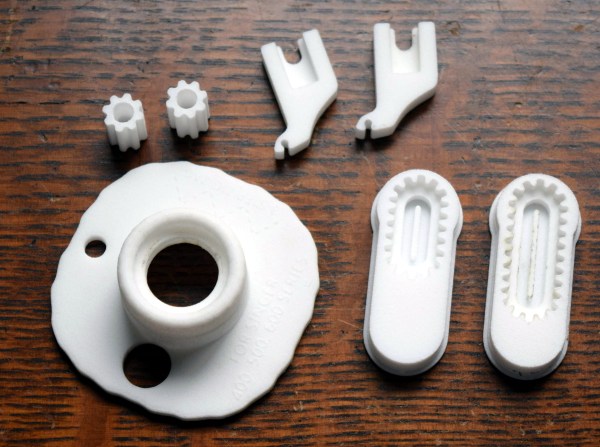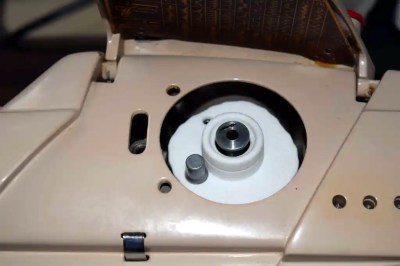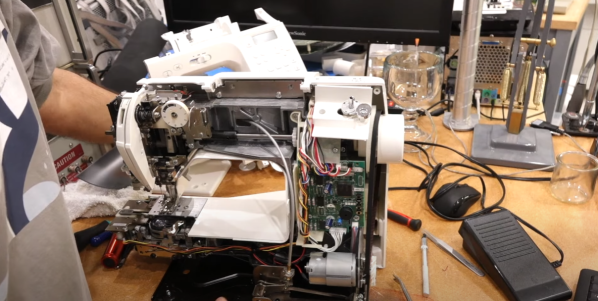Like all Hackaday readers, we pride ourselves on having at least a passing acquaintance with how most things work. But we suspect to a lot of people, things we take for granted — computers, air conditioning, motors, and cell phones — are just black magic. That’s how we feel about sewing machines. Sure, there’s a motor. There’s a needle and some thread. But how does the machine make a stitch? We always wondered, but after watching a recent video from [Veritasium] we can at least claim we have an idea.
First, he shows the intrinsic problem: sewing by hand requires you to reverse the direction of the needle, and it isn’t clear how to make a simple machine to do that. Sure, today you could probably make a robot that sews like a human does, but sewing machines have been around for a very long time.
In addition to showing how a chain stitch and lock stitch work, the video shows the history of the machines, including 50,000-year-old needles and the progression of innovations required to get to the modern sewing machine. In addition, he shows a large model sewing machine to clearly explain the concepts.
You might think you don’t care about sewing, but machine sewing has touched nearly everyone. The video says that in 1900, a family might spend 15% of their income on clothes. In 2003, that number drops to under 4%, yet the family will have many more clothes than they did in 1900. This is possible because of machine sewing and other innovations.
You can, of course, make your own sewing machine. If you want to get an industrial one, we have some advice.

